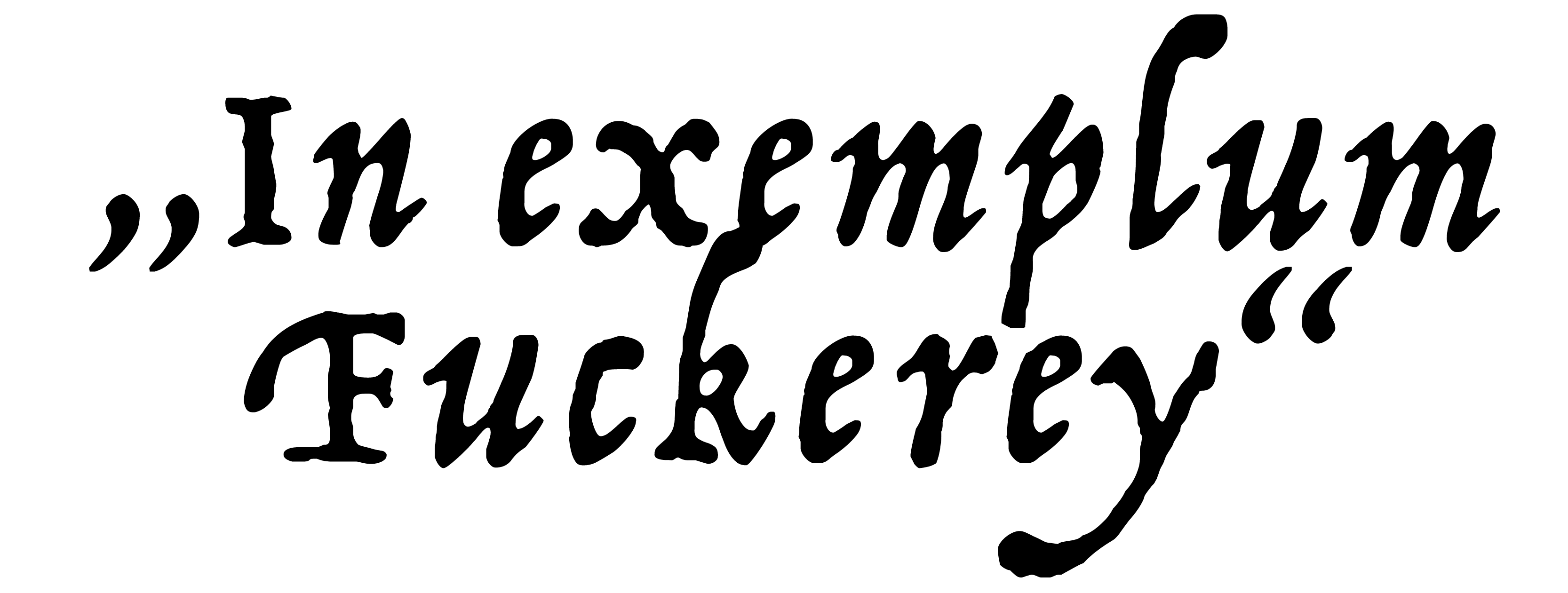
ABOUT
THIS
PANEL
Nach mehr als 500 Jahren bleibt die Fuggerei noch immer spannende Inspiration als soziales Wohngefüge. Jede*r einzelne von uns beschäftigt sich mit der Frage, wie wir in Zukunft leben wollen, individuell oder in Gemeinschaft, insbesondere im Alter. Q+A Panels geht mit Expert*innen diesem Thema anhand des prominenten Beispiels in Augsburg nach und wir diskutieren gemeinsam mit allen unseren Gästen neue Möglichkeitsräume zwischen historischer Qualität und urbaner Utopie.
“Jakob Fugger hat die Fuggerei “in exemplum” gestiftet und so Menschen und Institutionen auf der ganzen Welt die Möglichkeit geboten, sich dem Stiftungsgedanken der Fuggerei anzuschließen. Die Fuggerei ist […] eine soziale Innovation, die die Kraft hat, die Gesellschaft positiv zu verändern und individuell auf die Herausforderungen der Zeit zu reagieren. Die Augsburger Fuggerei als älteste Sozialsiedlung der Welt schafft Raum für die selbstverantwortliche Entwicklung jedes einzelnen ihrer Bewohner, die so der Gesellschaft etwas von dem Empfangenen zurückzugeben können.”
AUS: ASTRID GABLER (HG.):
DIE FUGGEREI – FAMILIE, STIFTUNG UND ZUHAUSE SEIT 1521, MÜNCHEN: HANSER 2020.
—
After more than 500 years, the Fuggerei still remains an exciting inspiration as a social living structure. Each and every one of us is concerned with the question of how we want to live in the future, individually or collectively, especially in old age. Q+A Panels will explore this topic with experts using the prominent example of Augsburg, and together with all our guests we will discuss new spaces of possibility between historical quality and urban utopia.
“Jakob Fugger donated the Fuggerei “in exemplum” and thus offered people and institutions all over the world the opportunity to join the Fuggerei’s foundation idea. The Fuggerei is a social innovation that has the power to change society positively and to respond individually to the challenges of the time. As the oldest social housing estate in the world, the Augsburg Fuggerei creates space for the self-responsible development of each of its residents, who can thus give back to society something of what they have received.”
IN: ASTRID GABLER (ED.):
DIE FUGGEREI – FAMILIE, STIFTUNG UND ZUHAUSE SEIT 1521, MUNICH: HANSER 2020







ABOUT
JAN KNIKKER
Jan Knikker ist Partner beim Niederländischen Architektur- und Planungsbüro MVRDV, das weltweit innovative und nachhaltige Projekte realisiert. In München hat MVRDV das Werk12 entworfen, das 2021 den DAM Preis für herausragende Bauten in Deutschland gewonnen hat. Er ist aktives Mitglied des Gestaltungsbeirates von Wiesbaden und hat den RIBA Bestseller ,How to Win Work‘ geschrieben, einem Marketing-Ratgeber für Architekturbüros.
—
Jan Knikker is a partner at the Dutch architecture and planning firm MVRDV, which realises innovative and sustainable projects worldwide. In Munich MVRDV designed Werk12, which won the 2021 DAM Prize for outstanding buildings in Germany. He is an active member of the Wiesbaden Design Advisory Board and has written the RIBA bestseller ‘How to Win Work’, a marketing guide for architectural practices.
ABOUT
ANGELA KESSELRING
Angela Kesselring ist Expertin für Social Impact Kommunikation. Nach 15 Jahren bei der Süddeutschen Zeitung und fünf Jahren als Beirätin für die Stadt München (Krea- tivquartier/Kreativlabor) entwickelt sie mit Architekturbüros, Digitalunternehmen, KMUs, Medien, Universitäten, Stiftungen, Start-ups oder Städten strategische Partnerschaften und Projekte, die gemeinsamen Fortschritt ermöglichen.
—
Angela Kesselring is an expert in social impact communication. After 15 years at the Süddeutsche Zeitung and five years as an advisory board member for the city of Munich (Kreativquartier / Kreativlabor), she develops strategic partnerships and projects with architecture firms, digital companies, SME’s, media, universities, foundations, start-ups and cities that enable common progress.
READING
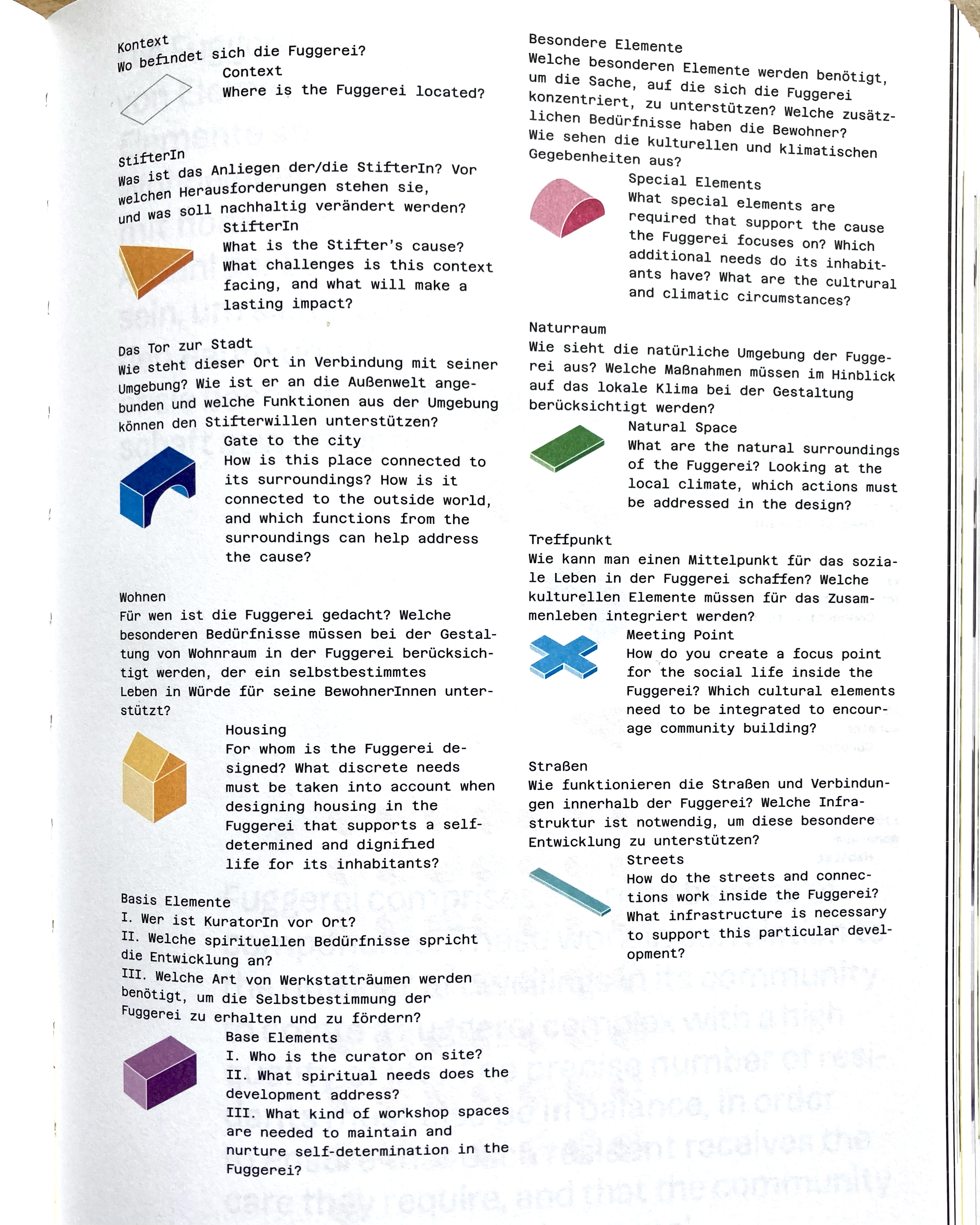
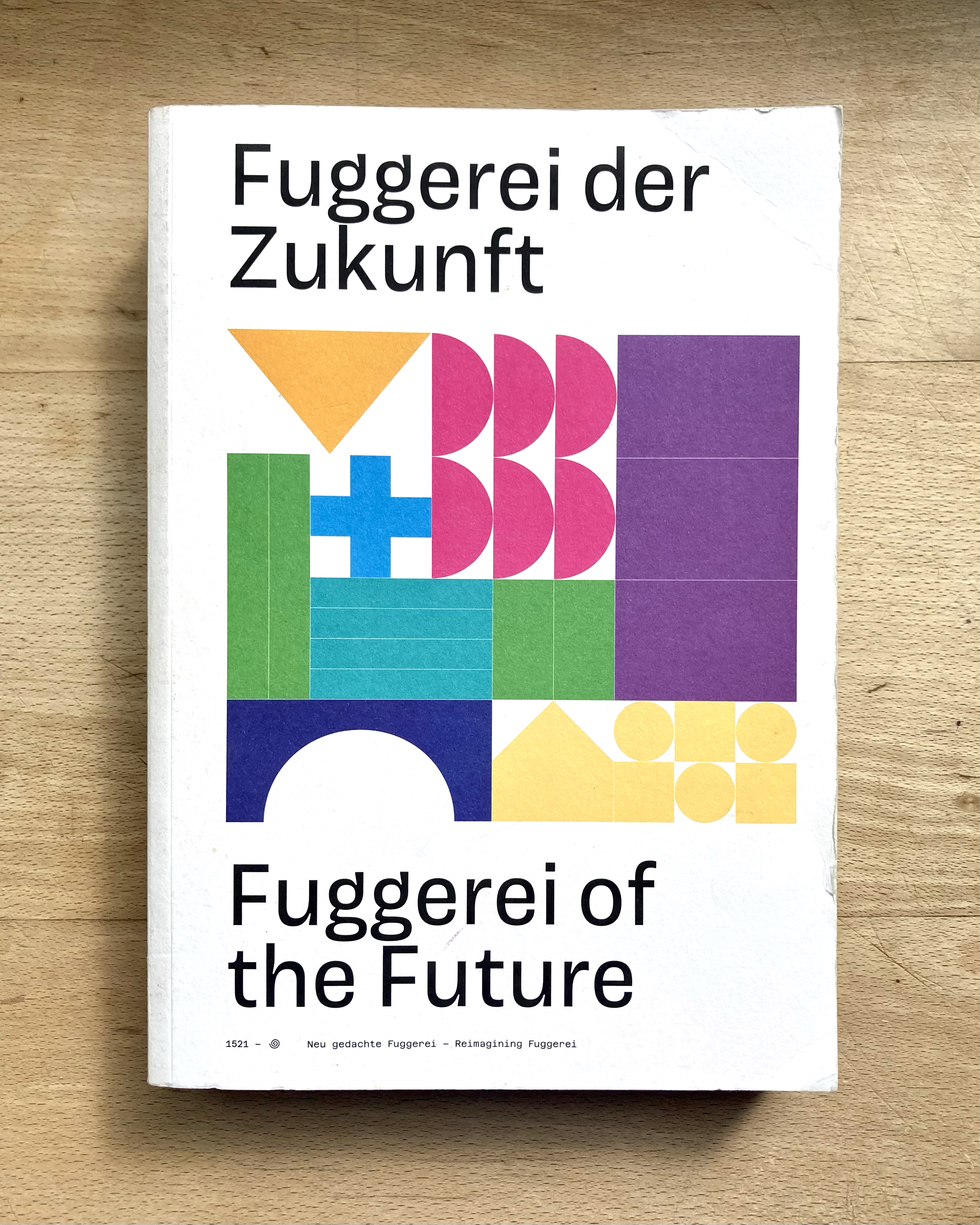
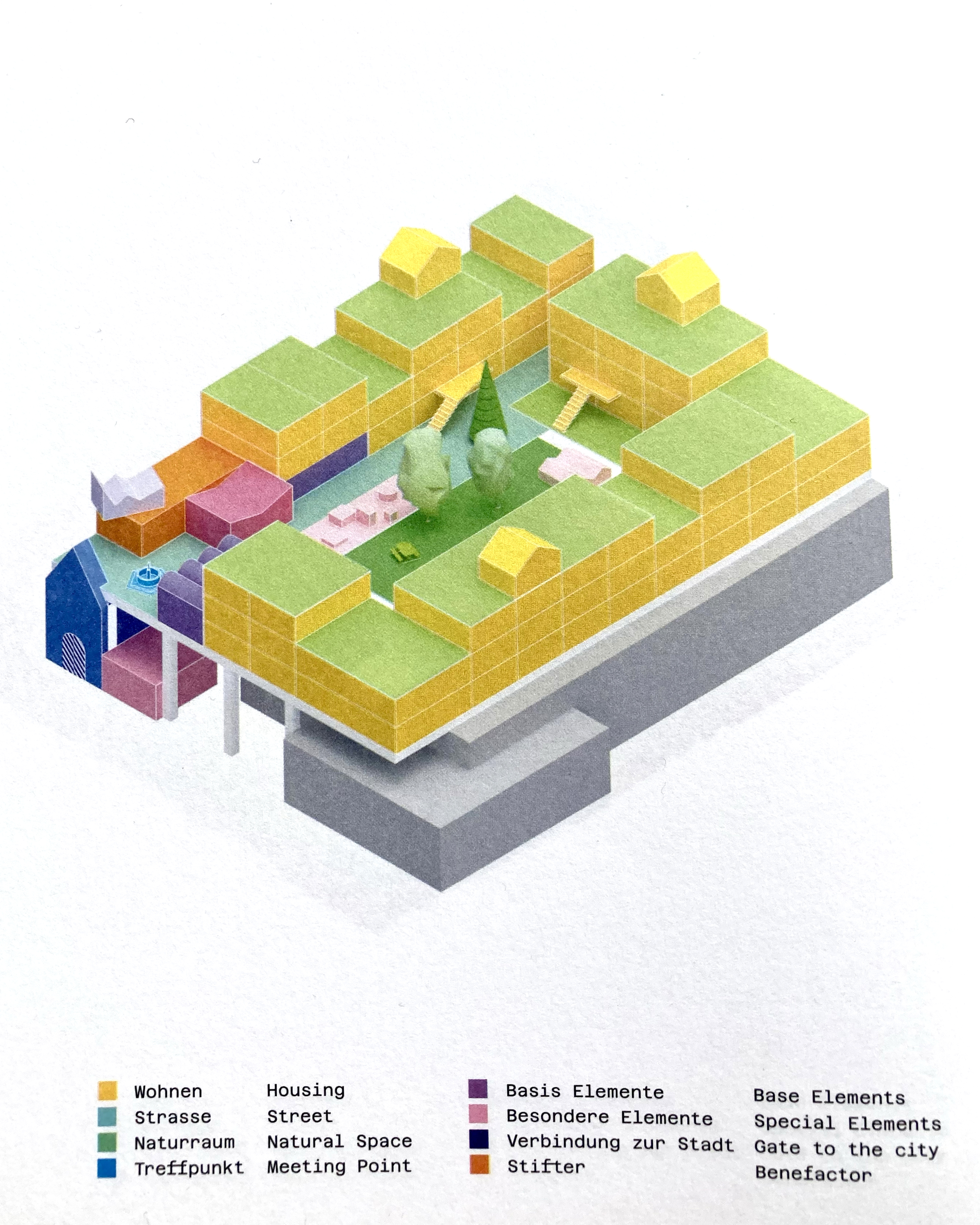
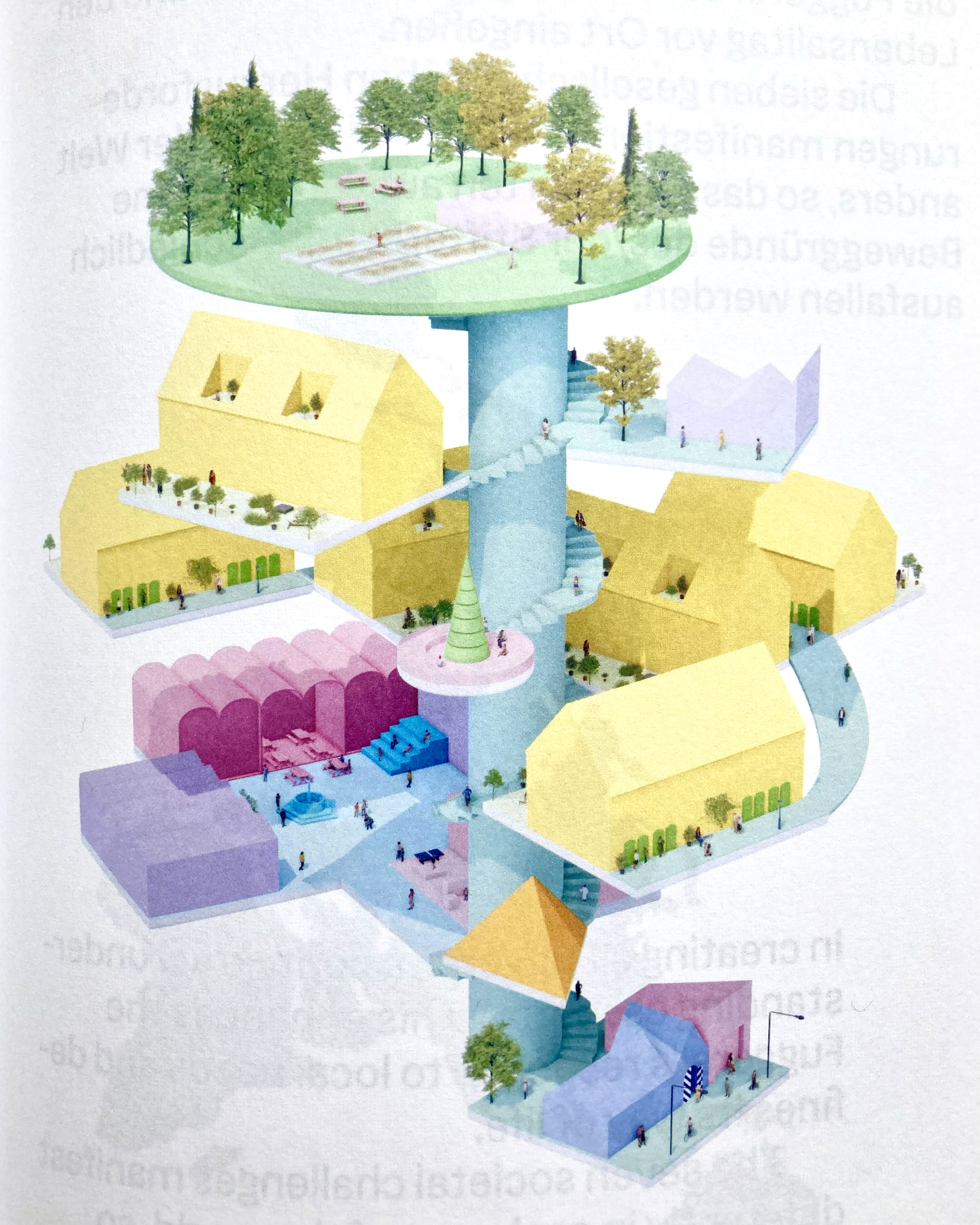
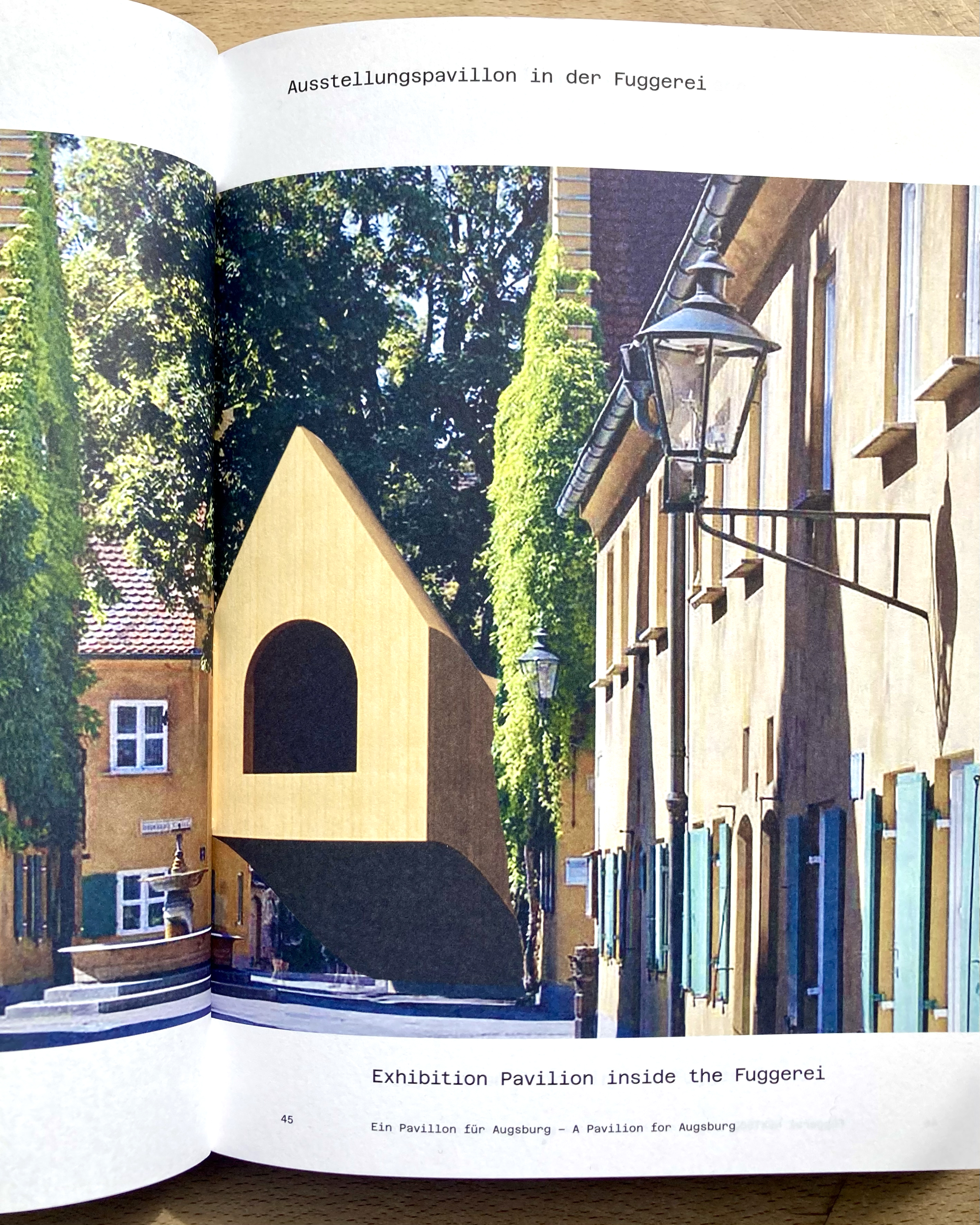
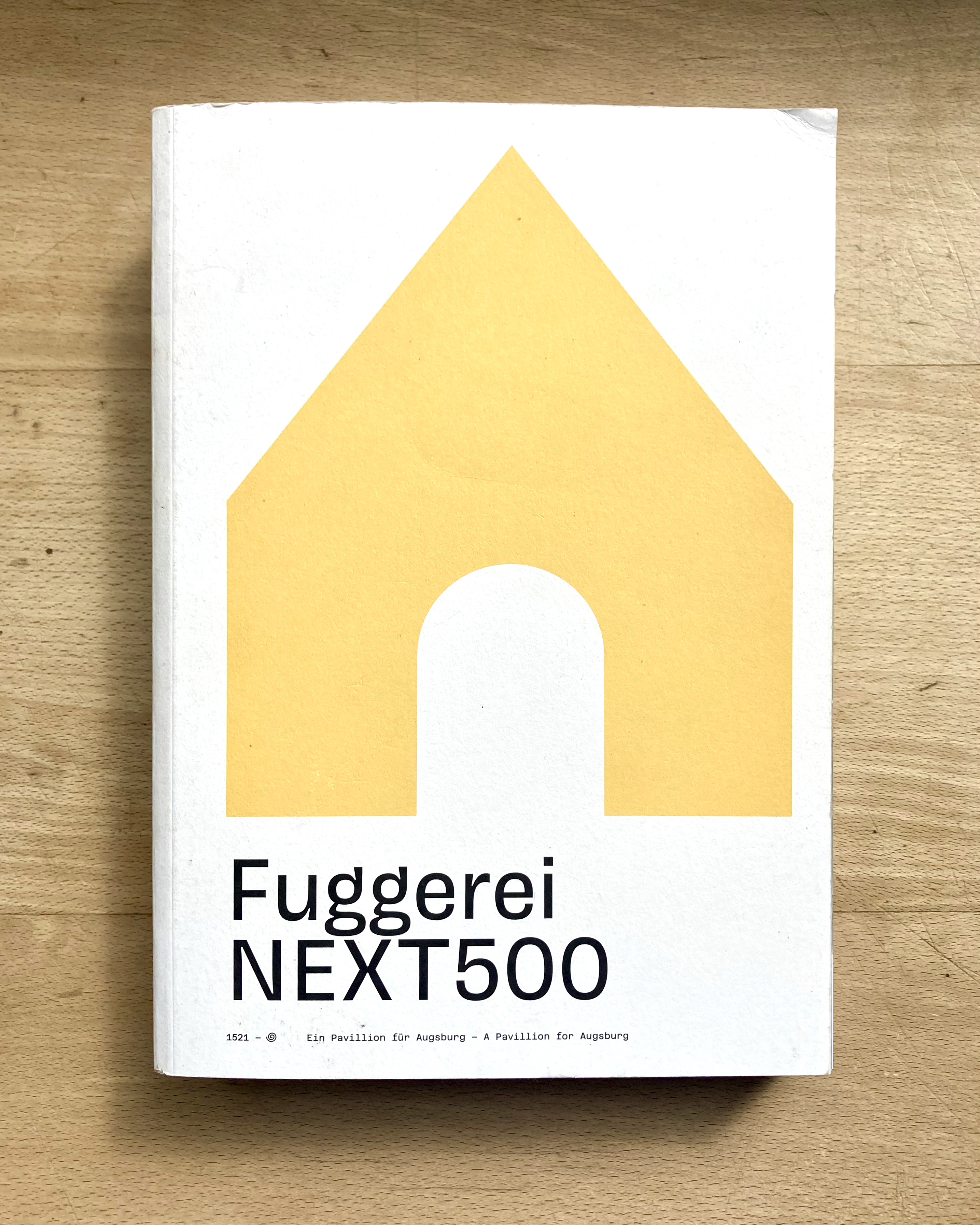
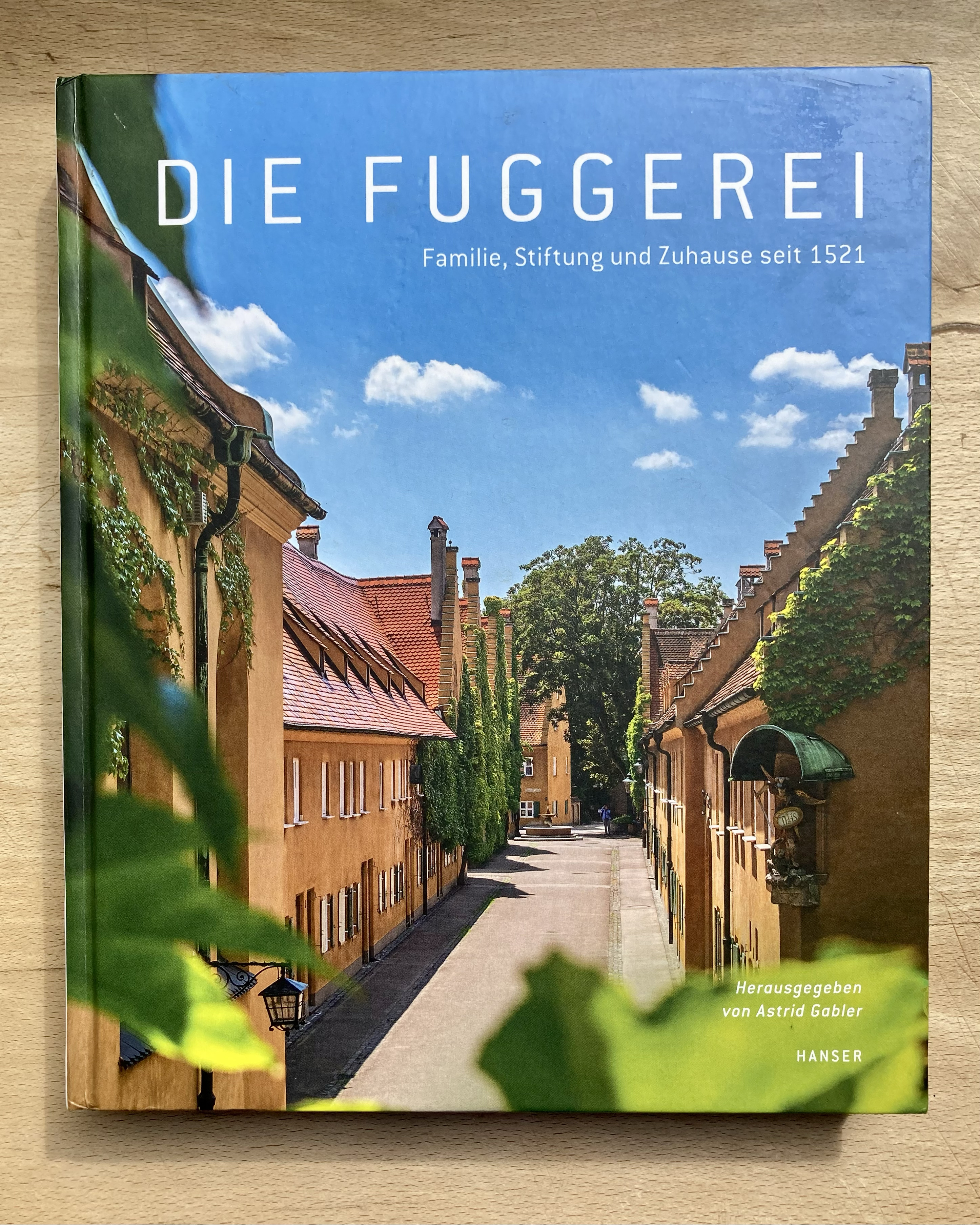

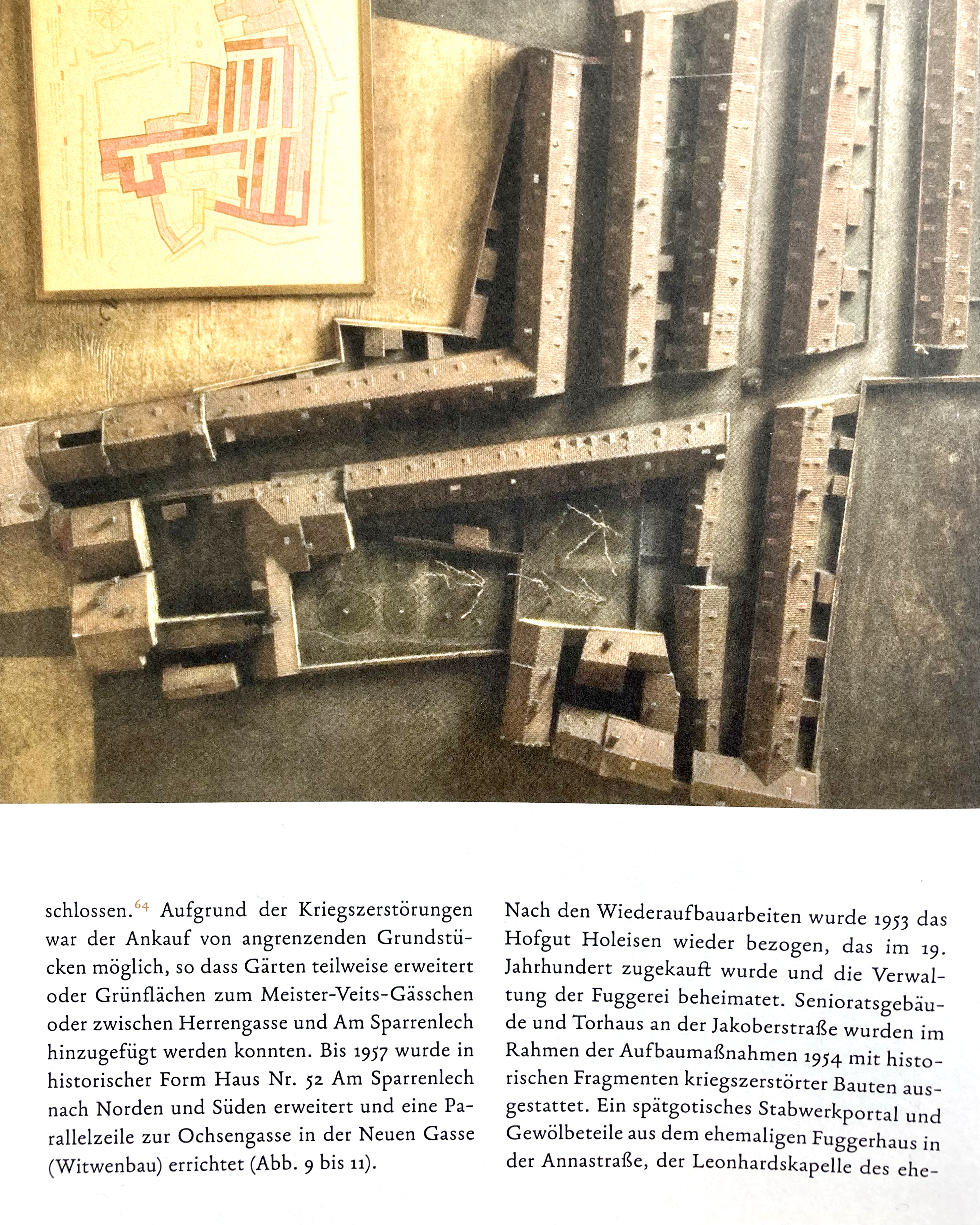
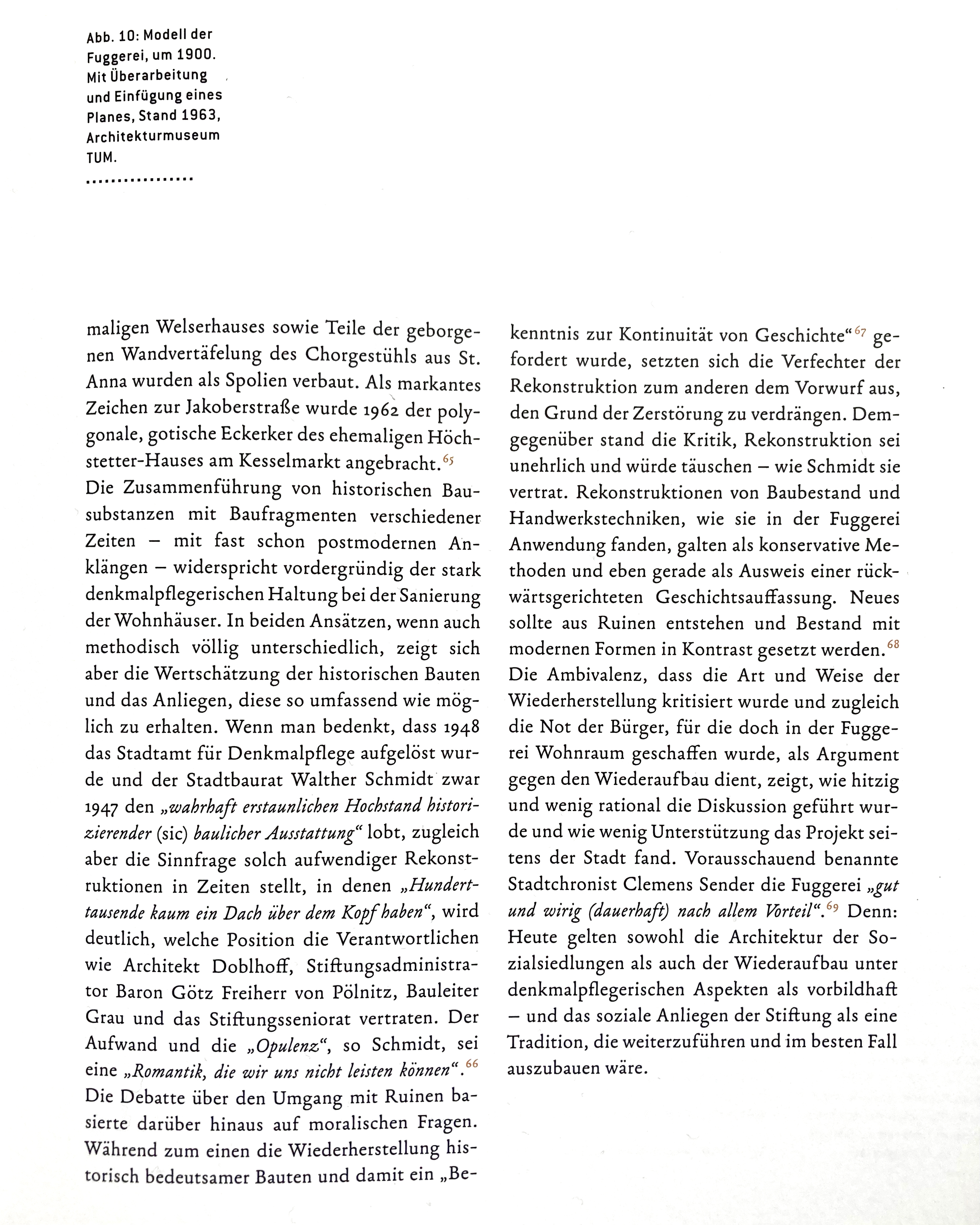
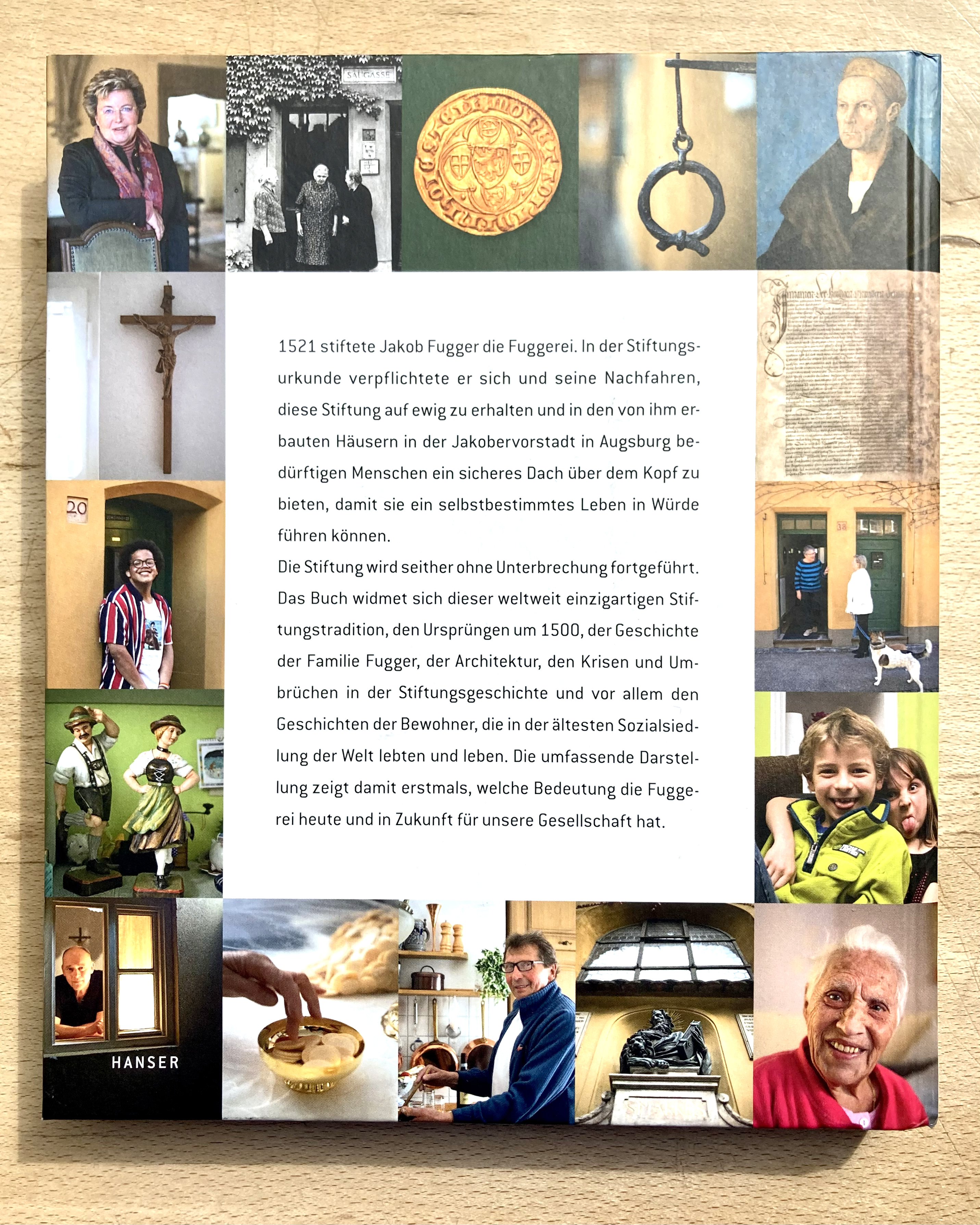
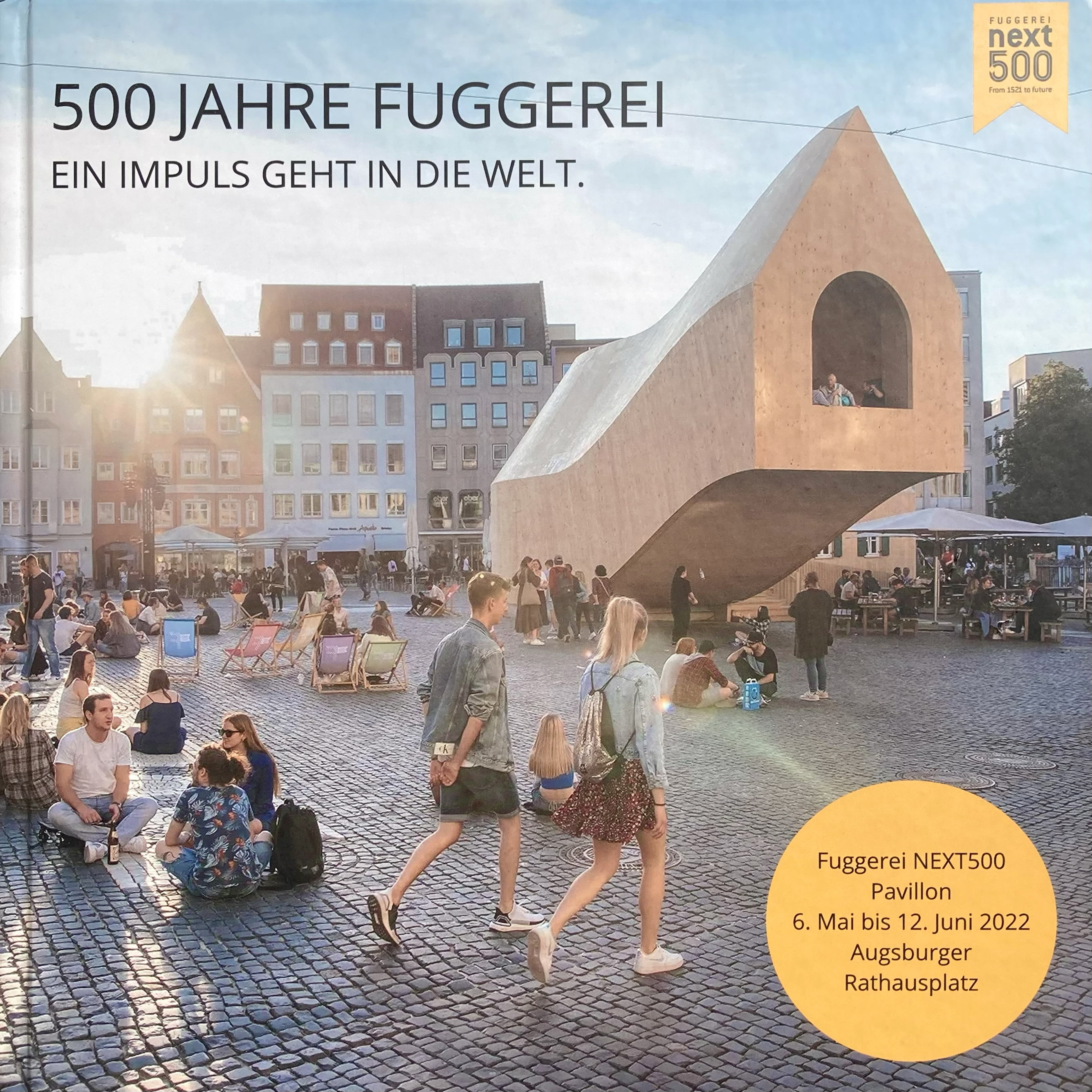
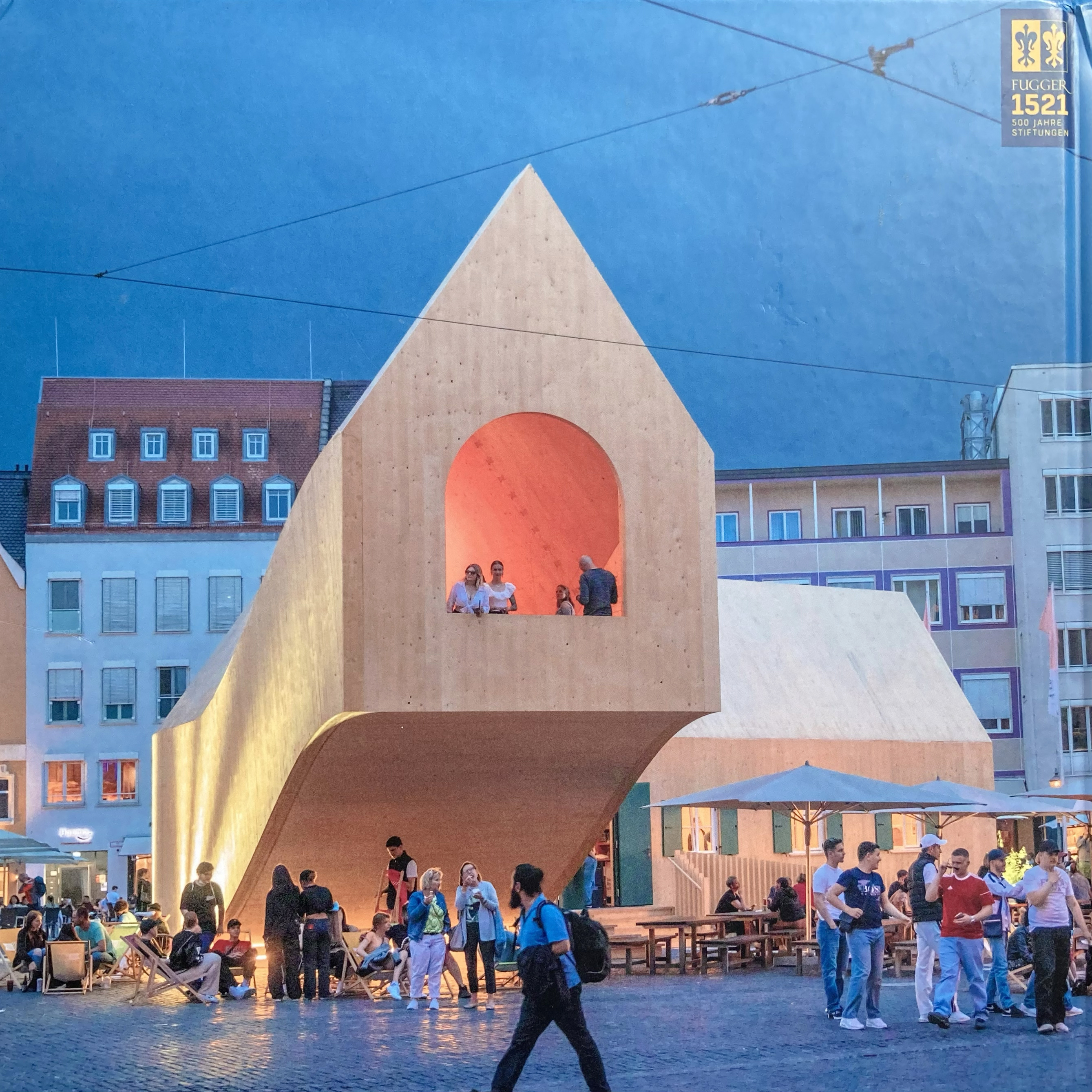

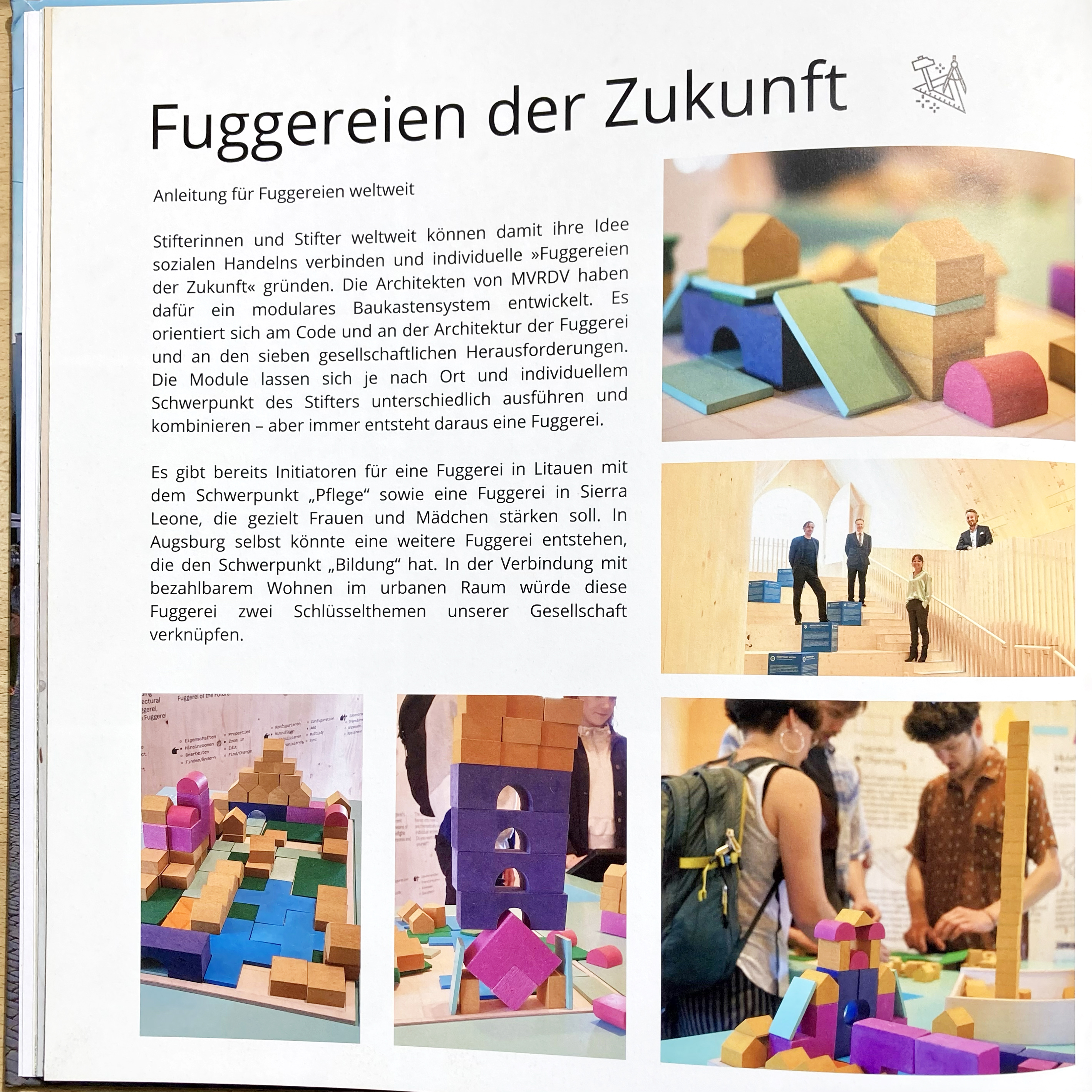
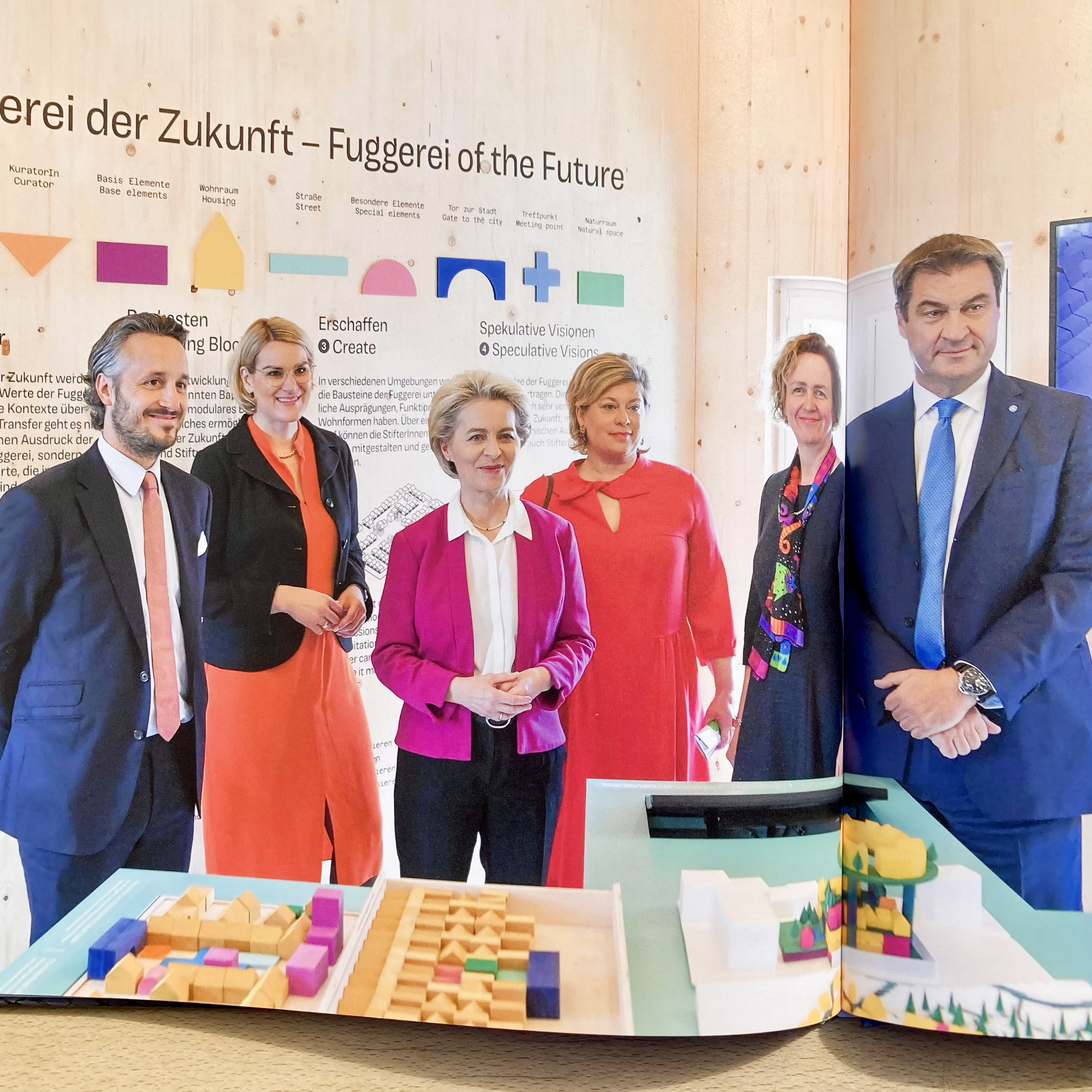
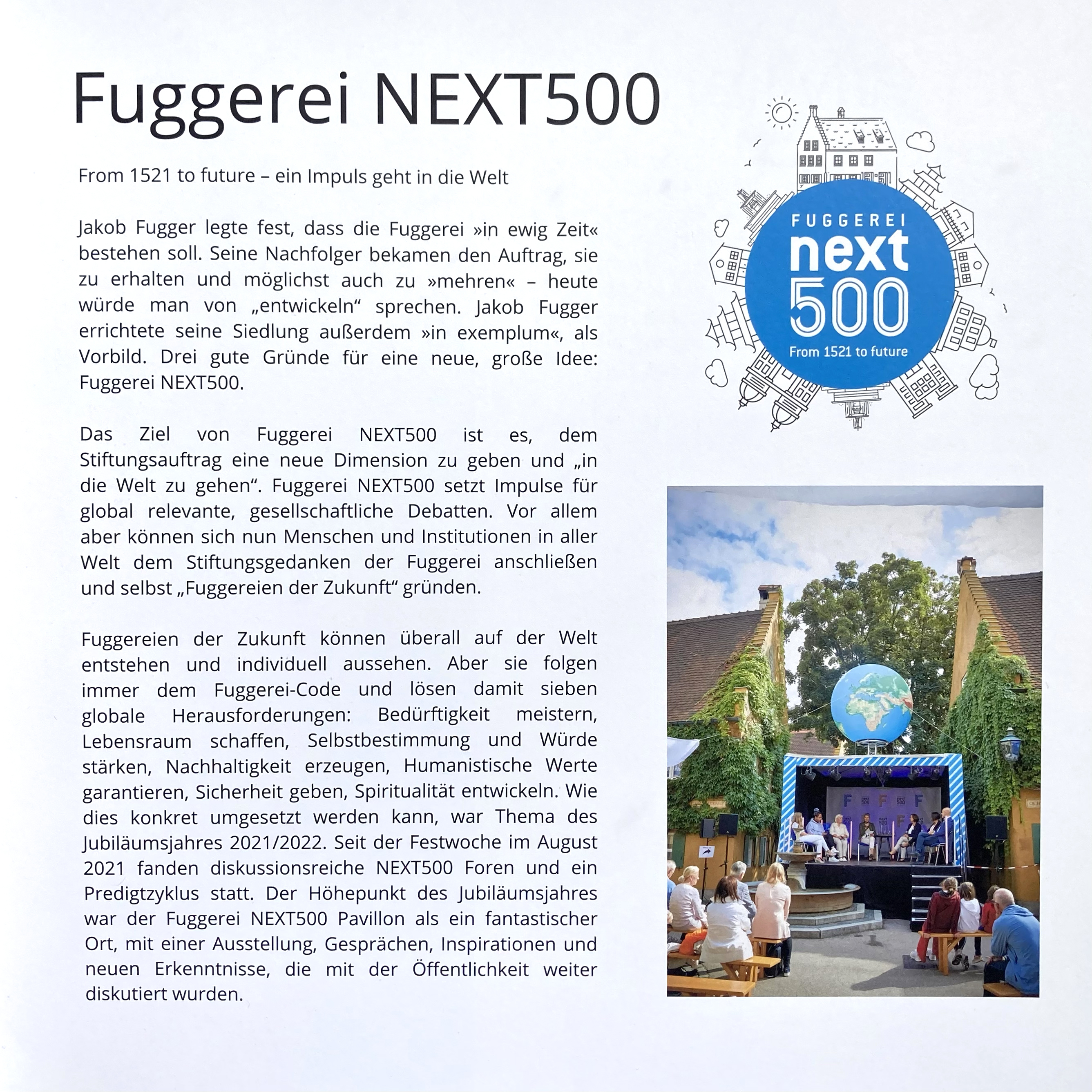
QUESTIONS
Die Fuggerei wurde
als „exemplum“ errichtet.
Was sind heutige
Vorbilder?
The Fuggerei was
built as an example.
What are today‘s
role models?
Was sind der Code
und der Baukasten
der Fuggerei?
What’s the code and
system of the Fuggerei?
Was sind die neuen Pläne
der Fuggerei?
What are the new plans
for the Fuggerei?
Welche erfolgreichen
Beispiele gibt es für
guten Städtebau?
Which are the fruitful
examples of good
urban planning?
Wieso dominieren
Männer bei
städtebaulichen Utopien?
Why do men dominate
urban utopias?
Wie kann man
städtebauliche Ziele mit
dem Anspruch auf
gleichwertige Lebens- und
Wohnverhältnisse verbinden?
How can urban planning
goals be combined with
the demand for equal
living and housing
conditions?
Wem gehört die Stadt?
Who owns the city?
Fuggerei oder Kibbuz?
Fuggerei or kibbutz?
Welche Bausteine
brauchen wir für den
Wohnungsbau
von morgen?
What kind of
building blocks do we
need for housing
in the future?
Wie sieht unsere
Alters-WG aus?
What does our
retirement
community look like?
Die Fuggerei als Modell
für Co-Living und die
“Commons” der Zukunft?
The Fuggerei as a model
for co-living and the
commons of the future?
War es eine frühe Form der
Gated Community?
Was it an early form of
gated community?
︎
︎︎︎
PANEL ARCHIVE BY TOPIC
RESOURCES
Panel 24
GIOVANNI VECCHIATO
social coding / spatial coding
2025
—
Panel 22
AIMÉE VAN WYNSBERGHE
AI + Ethics / Der unstillbare Hunger der KI
2024
—
Panel 15
SEMIR ZEKI
Is beauty really subjective and can it be quantified? / Cortex (A1)
2020
—
Panel 12
GIACOMO PIRAZZOLI
Green Up / (Crossinglab.com)
2014
—
Panel 8
MARTINA FINEDER and
THOMAS GEISLER
Design Clinic / Das Papanek Konzept
2012
—
Panel 5
MUCK PETZET
Now is tomorrow / Bauen im Bestand
2012
JAPAN
Panel 9
CHRISTINE VENDREDI-AUZANNEAU and
MARIO CARPO
Identicality
2013
—
Panel 7
TERUNOBU FUJIMORI
Der Zauber des Terunobu Fujimori / International Vernacular
2012
—
Panel 4
MASAMI SAITO and HANNES RÖSLER
The architecture of food / Gebaute Speisen
2011
—
Panel 3
MURIELLE HLADIK and WILFRIED KÜHN
Passage du temps
2011
—
Panel 1
MOMOYO KAIJIMA
Atelier Bow-Wow
2010
︎︎︎
PANEL 24 — Resources
GIOVANNI VECCHIATO
social coding / spatial coding
PANEL 23 — Carte blanche
MARKUS GABRIEL /
JOCELYN MACLURE
A Dinner Party
2.0
PANEL 22 — Resources
AIMÉE VAN WYNSBERGHE
AI + Ethics /
Der unstillbare Hunger der KI
PANEL 21 — Carte blanche
YSC – YOUNG SECURITY
CONFERENCE
Art, War and Revolution /
Ausdrucksformen der Verwüstung
und Genesung
PANEL 20 — Carte blanche
ALEX RÜHLE
Lesung: Europa – wo bist du?
Unterwegs in einem
aufgewühlten Kontinent
PANEL 19 — La Cittá
ELISABETH MERK
ANDREAS HOFER
MICHAEL BUHRS
MARKUS STENGER
Transformation der Orte / What’s your program?
PANEL 3 — Japan
MURIELLE HADIK and
WILFRIED KÜHN
Passage du temps
PANEL 2 — Political Space
SAMIR EL KORDY
and YING ZHOU
Political Space

